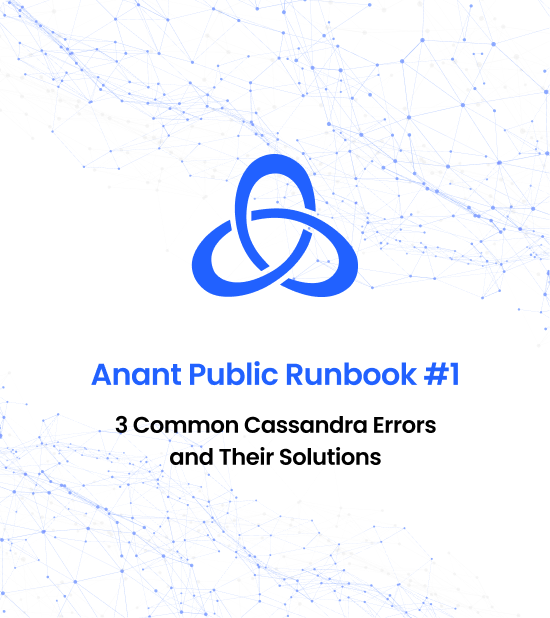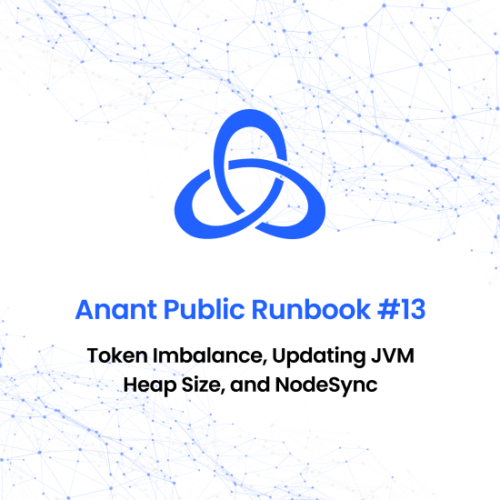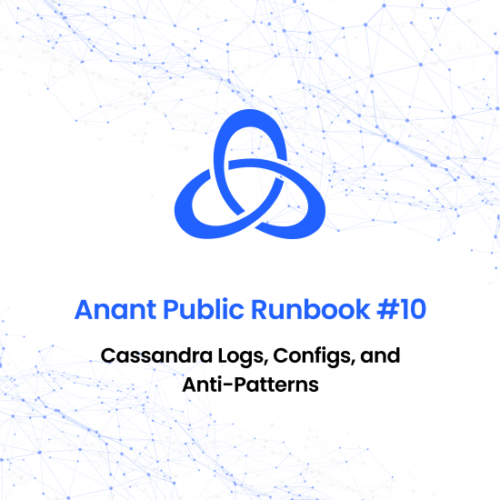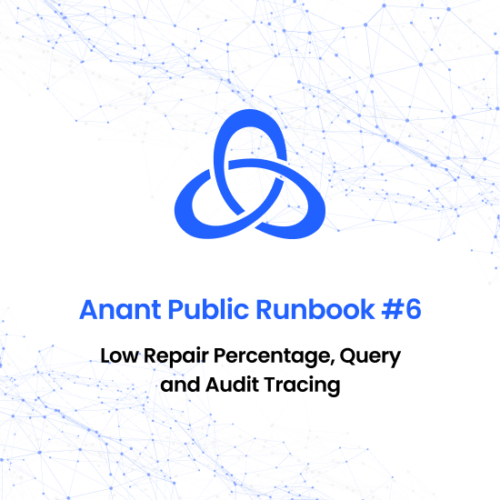Questions the Runbook Answers:
-
What are SSTables in Cassandra?
-
What are the symptoms of SSTable corruption in Cassandra?
-
How can users diagnose SSTable corruption in Cassandra?
-
What are the methods to fix SSTable corruption in Cassandra?
-
What is the least intrusive method to fix SSTable corruption in Cassandra?
-
What are tombstones in Cassandra?
-
What happens when tombstones exceed a certain limit in Cassandra?
-
What is tombstone_failure_threshold?
-
What are the three solutions to resolving tombstone errors in Cassandra?
-
How can you monitor the progress of garbage collection in Cassandra?
Best Practices for Managing Tombstones in Cassandra
Tombstones in Cassandra are markers that indicate deleted data and are necessary to maintain data consistency. However, if tombstones are not managed properly, they can accumulate and negatively impact database performance. In this article, we’ll explore the best practices for managing tombstones in Cassandra to maintain optimal performance.
The article begins by discussing the impact of tombstones on Cassandra’s read and write performance and how to identify tombstone errors. It then dives into several solutions for managing tombstones, including setting gc_grace_seconds, running a repair on the table, and purging tombstones directly. The article also offers tips on avoiding tombstone-related errors by properly tuning Cassandra’s write consistency level. Finally, the article discusses the importance of regularly monitoring and maintaining Cassandra’s tombstones to ensure optimal database performance. It emphasizes the need for a proactive approach to database management and the benefits of working with an experienced Cassandra DBA.






Reviews
There are no reviews yet.